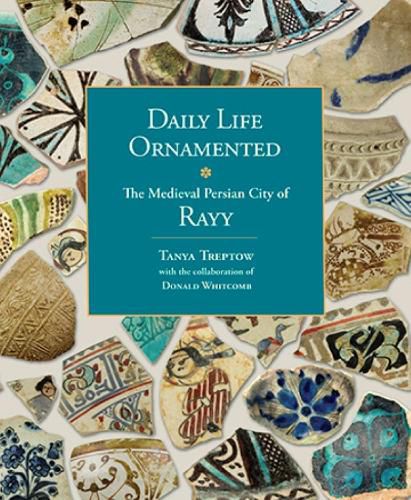Readings Newsletter
Become a Readings Member to make your shopping experience even easier.
Sign in or sign up for free!
You’re not far away from qualifying for FREE standard shipping within Australia
You’ve qualified for FREE standard shipping within Australia
The cart is loading…






Archaeologists work with broken fragments to build pictures of life in past societies. In many excavations, the most abundant fragments we work with are broken pieces of ceramic vessels and objects (we call them sherds ), which we find by the thousands in a typical dig. These sherds can tell us quite remarkable things about the past: when a site was occupied in history, what trade contacts it had, and what kinds of everyday activities people were doing there. We can also learn about technologies and how artisans learned and adopted technologies across large areas. The finest ceramics, of course, are true works of art that convey an aesthetic sense that we can appreciate hundreds or thousands of years later. Daily Life Ornamented: The Medieval Persian City of Rayy shows how archaeologists work with sherds at the same time that it portrays aspects of life along the Silk Road during the ninth - fourteenth centuries. It must be said that although the catalogue is based largely on sherds, they are not only interesting as documents of medieval Islamic civilization, but they are also among the most beautiful sherds in the collections of the Oriental Institute. This catalogue, published in conjunction with an exhibition of the same name, also represents an opportunity to re-examine the pioneering work of Erich Schmidt, who excavated the ancient site of Rayy during the mid-1930s.
$9.00 standard shipping within Australia
FREE standard shipping within Australia for orders over $100.00
Express & International shipping calculated at checkout
Archaeologists work with broken fragments to build pictures of life in past societies. In many excavations, the most abundant fragments we work with are broken pieces of ceramic vessels and objects (we call them sherds ), which we find by the thousands in a typical dig. These sherds can tell us quite remarkable things about the past: when a site was occupied in history, what trade contacts it had, and what kinds of everyday activities people were doing there. We can also learn about technologies and how artisans learned and adopted technologies across large areas. The finest ceramics, of course, are true works of art that convey an aesthetic sense that we can appreciate hundreds or thousands of years later. Daily Life Ornamented: The Medieval Persian City of Rayy shows how archaeologists work with sherds at the same time that it portrays aspects of life along the Silk Road during the ninth - fourteenth centuries. It must be said that although the catalogue is based largely on sherds, they are not only interesting as documents of medieval Islamic civilization, but they are also among the most beautiful sherds in the collections of the Oriental Institute. This catalogue, published in conjunction with an exhibition of the same name, also represents an opportunity to re-examine the pioneering work of Erich Schmidt, who excavated the ancient site of Rayy during the mid-1930s.